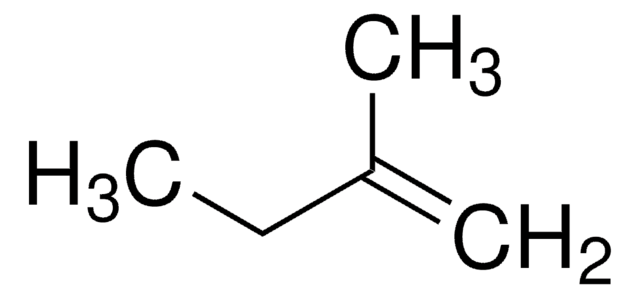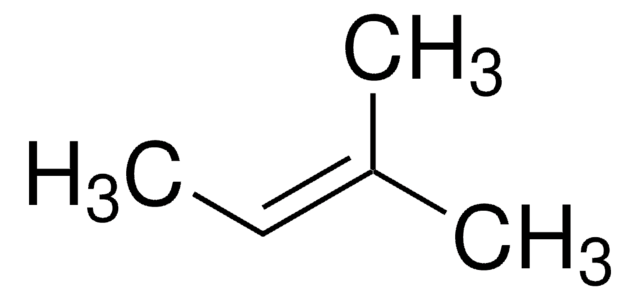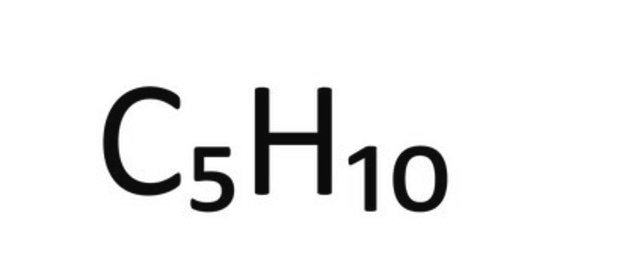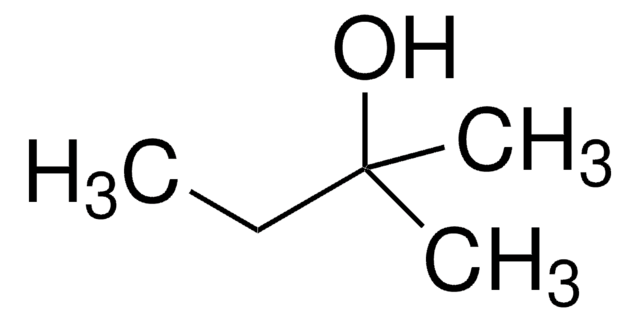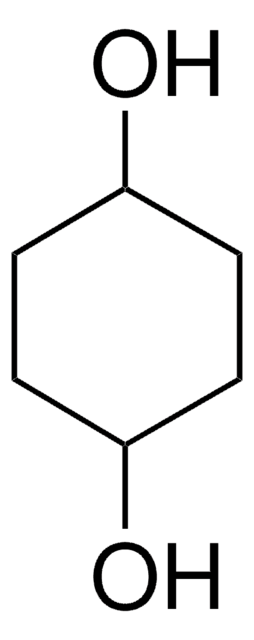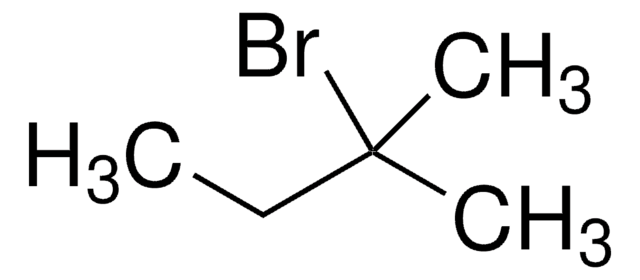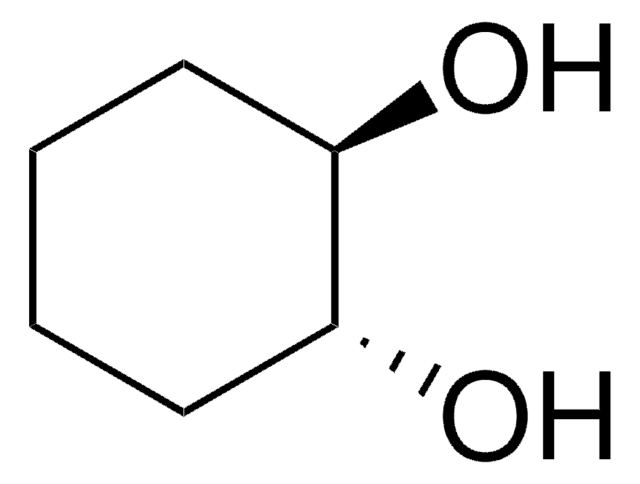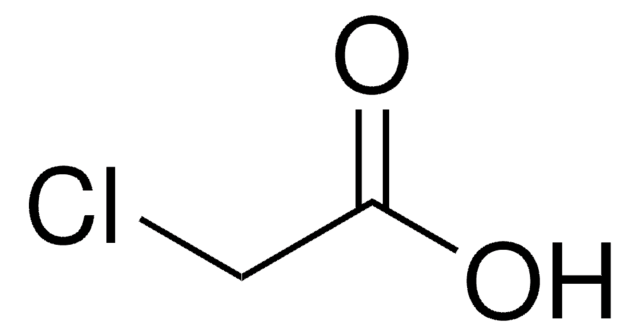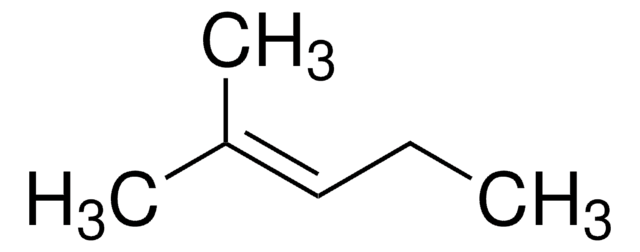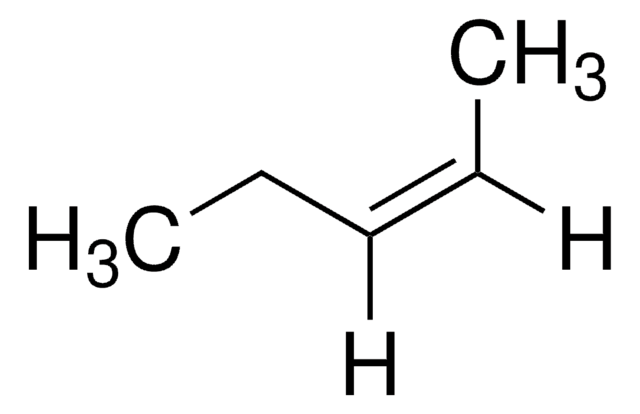86262
2-Methyl-2-butene
≥95.0% (GC)
Synonym(s):
β-Isoamylene, Amylene
About This Item
Recommended Products
vapor density
2.4 (vs air)
Quality Level
assay
≥95.0% (GC)
form
liquid
expl. lim.
8.7 %
refractive index
n20/D 1.385 (lit.)
n20/D 1.388
bp
35-38 °C (lit.)
mp
−134 °C (lit.)
density
0.662 g/mL at 25 °C (lit.)
SMILES string
C\C=C(\C)C
InChI
1S/C5H10/c1-4-5(2)3/h4H,1-3H3
InChI key
BKOOMYPCSUNDGP-UHFFFAOYSA-N
Looking for similar products? Visit Product Comparison Guide
Related Categories
General description
2-methyl-2-butene undergoes ultraviolet irradiation, leading to the formation of trimethylene oxides.
Application
signalword
Danger
Hazard Classifications
Acute Tox. 4 Oral - Aquatic Chronic 2 - Asp. Tox. 1 - Flam. Liq. 1 - Muta. 2 - STOT SE 3
target_organs
Central nervous system
Storage Class
3 - Flammable liquids
wgk_germany
WGK 3
flash_point_f
-4.0 °F
flash_point_c
-20 °C
ppe
Eyeshields, Faceshields, Gloves
Certificates of Analysis (COA)
Search for Certificates of Analysis (COA) by entering the products Lot/Batch Number. Lot and Batch Numbers can be found on a product’s label following the words ‘Lot’ or ‘Batch’.
Already Own This Product?
Find documentation for the products that you have recently purchased in the Document Library.
Customers Also Viewed
Protocols
GC Analysis of Hydrocarbons in Gasoline on Petrocol® DH, Isothermal
Our team of scientists has experience in all areas of research including Life Science, Material Science, Chemical Synthesis, Chromatography, Analytical and many others.
Contact Technical Service